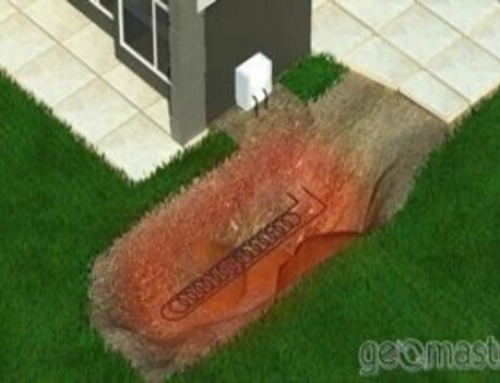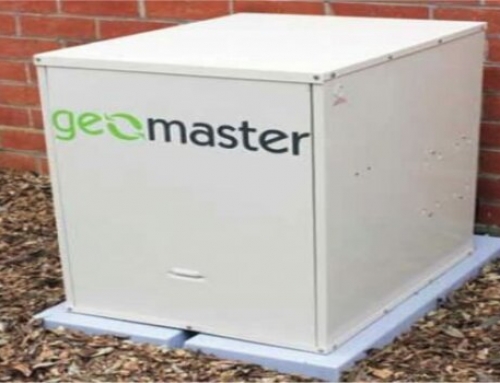So you want to know more about what geothermal heating costs?
Geothermal Heating Cost
One of the main considerations with geothermal heating cost is size required. The size of the geothermal system should be arrived at by a very accurate heat load calculation. Geothermal system Heat Load Calculations can be very complex due to the numerous factors that may need to be considered, such as the technology being used, geographic location, building materials and orientation, number of occupants, quality of insulation and types of activities being undertaken, etc. This is critical with any air conditioning system but especially so with geothermal systems because both undersized and oversized systems can both have serious consequences. We will look at that in more detail later.
Process for carrying out a head load for geothermal heating cost
Every material has a R-Value or a U-Value. It is important to collect all this information and pass it through because it will effect sizing dramatically and therefore the geothermal heating cost. The R-value tells us how well an object, per unit of its exposed area, resists the conductive flow of heatthe greater the R-value, the greater the resistance [1] and the lower your geothermal heating cost will be. The U-factor or U-value is the overall heat transfer coefficient and describes how well a building element conducts heat or the rate of transfer of heat in watts through one square metre of a structure divided by the difference in temperature across the structure [2]. It is important to specify all the materials used for the external walls, ceilings and roof structures and flooring and the R or U values for the exact material, type and thickness being used. The type of glass is important but the square meterage must be nominated for each orientation or the direction the sun will shine through the windows.
Heat load calculation
After all the thermal properties of your building are known it is time to calculate the square meters of all the different floors, walls and ceilings. Internal walls should be included if zoning is going to be used and there will be unconditioned areas of the home adjoining conditioned areas. You can calculate these areas then input them to our geothermal heating and cooling cost calculator designed for Australia. When you submit this form we receive the information you have provided about the composition of your building.
We then apply design condition and other calculations to provide the dew point, total dry bulb and wet bulb capacity requirements, and air flow requirements. These requirements will provide the required capacity. From this capacity we can provide an estimate of geothermal heating cost. Geothermal cooling load will come from these calculations although the design data supplied by CSIRO https://www.csiro.au/ and AIRAH http://www.airah.org.au/ will vary between summer and winter.
The data were supplied from the archives of the commonwealth of Australia, Bureau of Meteorology. The calculations were undertaken by the Bureau’s consulting services section and the CSIRO division of building construction and engineering [3].
1. https://en.wikipedia.org/wiki/R-value_(insulation)
2. https://en.wikipedia.org/wiki/R-value_(insulation)#U-factor.2FU-value
3. Delsante, AE and Mason M. An Expanded Climatic Data Base for Australia. AIRAH Annual Converence, Paper 13 (1990)
To learn more please watch our overview video here or on youtube here and if you’d like an estimate please use our geothermal cost calculator here.
Facebook https://www.facebook.com/geomasterau/posts/217974922150090
Linkedin https://www.linkedin.com/feed/update/urn:li:activity:6414206876795441152
Twitter https://twitter.com/Geomasterau/status/1008442187418238976
Back to Geothermal Heating






